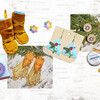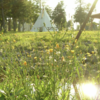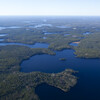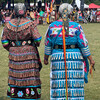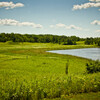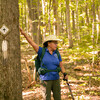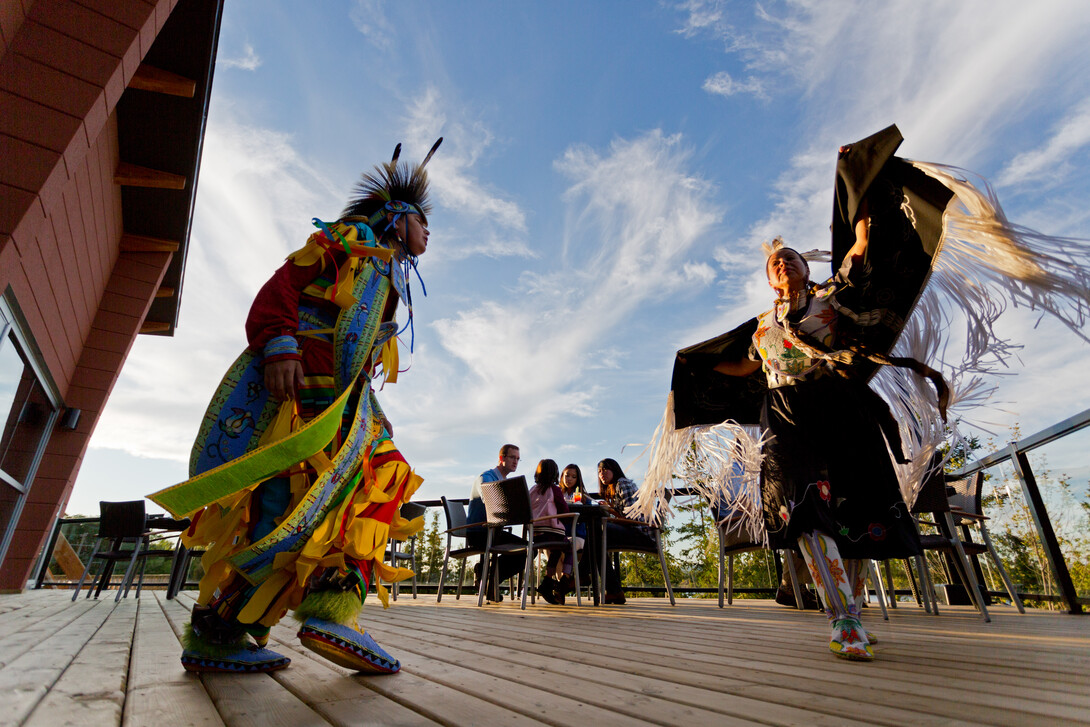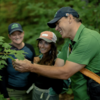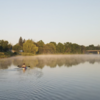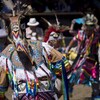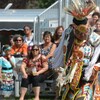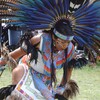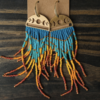
The Top Indigenous Sites to Visit in Northern Ontario
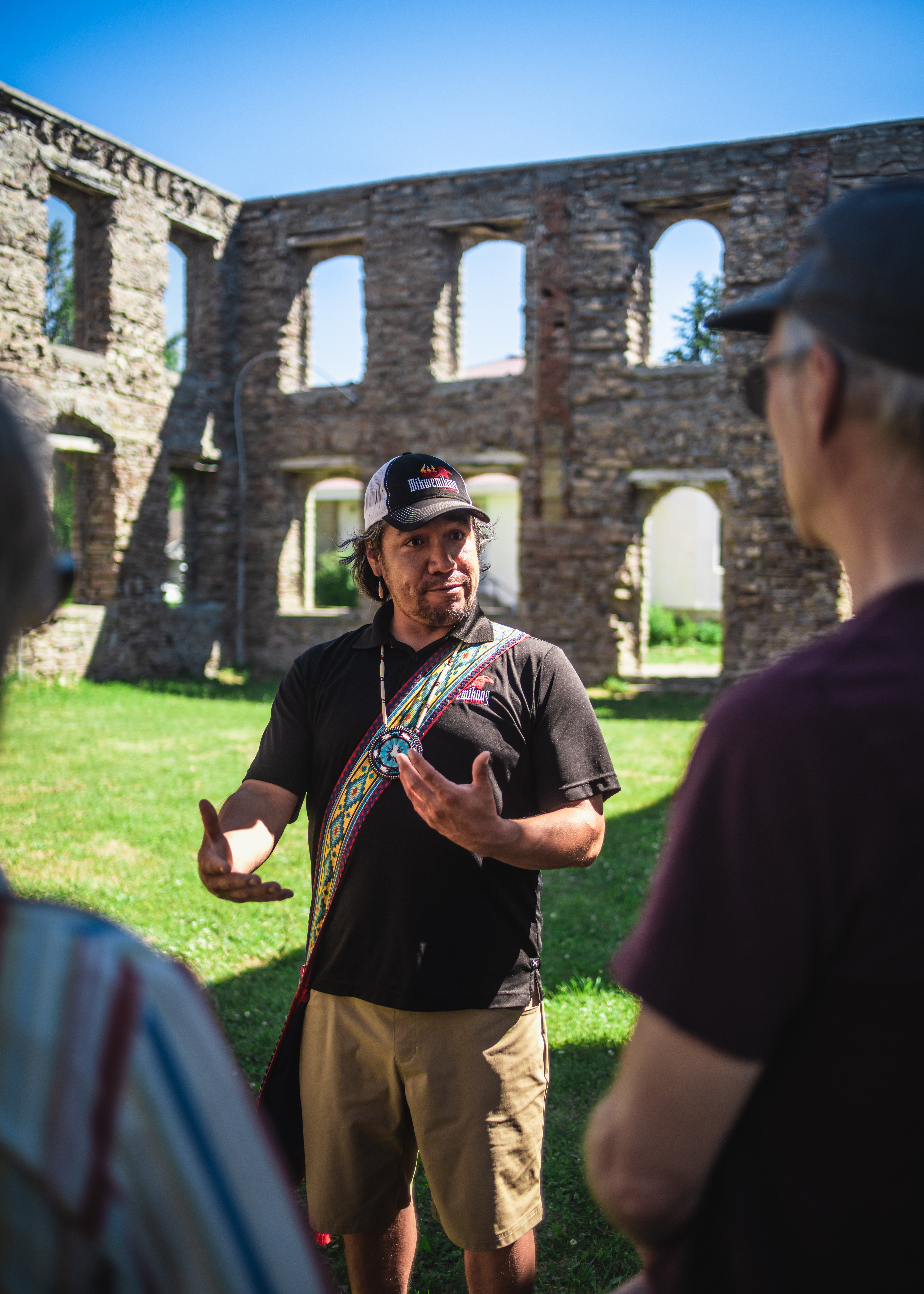
The region of Northern Ontario is home to incredibly beautiful and culturally significant Indigenous sites and experiences. From ancient pictographs to sacred gathering places, these destinations provide a window into the rich traditions of the First Nations communities who have stewarded this region for millennia. Whether you are drawn by the natural beauty, the powerful stories, or the chance to connect with Indigenous heritage, these six landmarks offer unforgettable experiences. And of course, attending a local pow wow is an amazing way to experience a traditional Indigenous celebration!
1. Manitou Mounds (Kay-Nah-Chi-Wah-Nung Historical Centre)
Manitou Mounds (Kay-Nah-Chi-Wah-Nung), on the shores of the Rainy River, is one of the most significant Indigenous archaeological sites in Canada and has been a sacred and cultural gathering place for thousands of years. The site consists of over 30 ancient burial mounds, some dating back more than 2,000 years. These mounds were primarily used for burials but also served ceremonial and social purposes. Artifacts uncovered at the site suggest long-distance trade networks, connecting the region to areas as far as the Gulf of Mexico and the Rocky Mountains. Due to its cultural and historical significance, the site has been considered for UNESCO World Heritage status. The site is maintained by the Rainy River First Nation.
The Rainy River was an essential travel route, linking Indigenous communities across the continent. This site became a major meeting place for different Indigenous nations, fostering cultural exchanges, trade, and ceremonies. Visitors can check out this guide and explore the interpretive centre, hike scenic trails, and learn about the spiritual significance of this ancient gathering site.
2. Anemki Wajiw (Mount McKay)
Anemki Wajiw, known in English as Mount McKay, is a sacred site and a prominent landmark on the Fort William First Nation, near Thunder Bay, Ontario. Rising about 300 meters (984 feet) above Lake Superior, it offers breathtaking panoramic views of the city, the lake, and the Sleeping Giant. But beyond its natural beauty, Anemki Wajiw, which means "Thunder Mountain" in Anishinaabemowin, holds deep spiritual, historical, and cultural significance for the Anishinaabe people and remains a place where Anishinaabe identity and traditions thrive. It stands as a reminder of the deep-rooted connection between Indigenous peoples and the land.
Today, visitors can access a scenic lookout at the plateau, where a powwow ground and ceremonial site are maintained by the Fort William First Nation. The site is open to the public, allowing both Indigenous and non-Indigenous people to appreciate its beauty and learn about its significance.
A visit to Anemki Wajiw provides not only a stunning natural landscape but also a powerful sense of history and Indigenous resilience. Entrance fee is required.

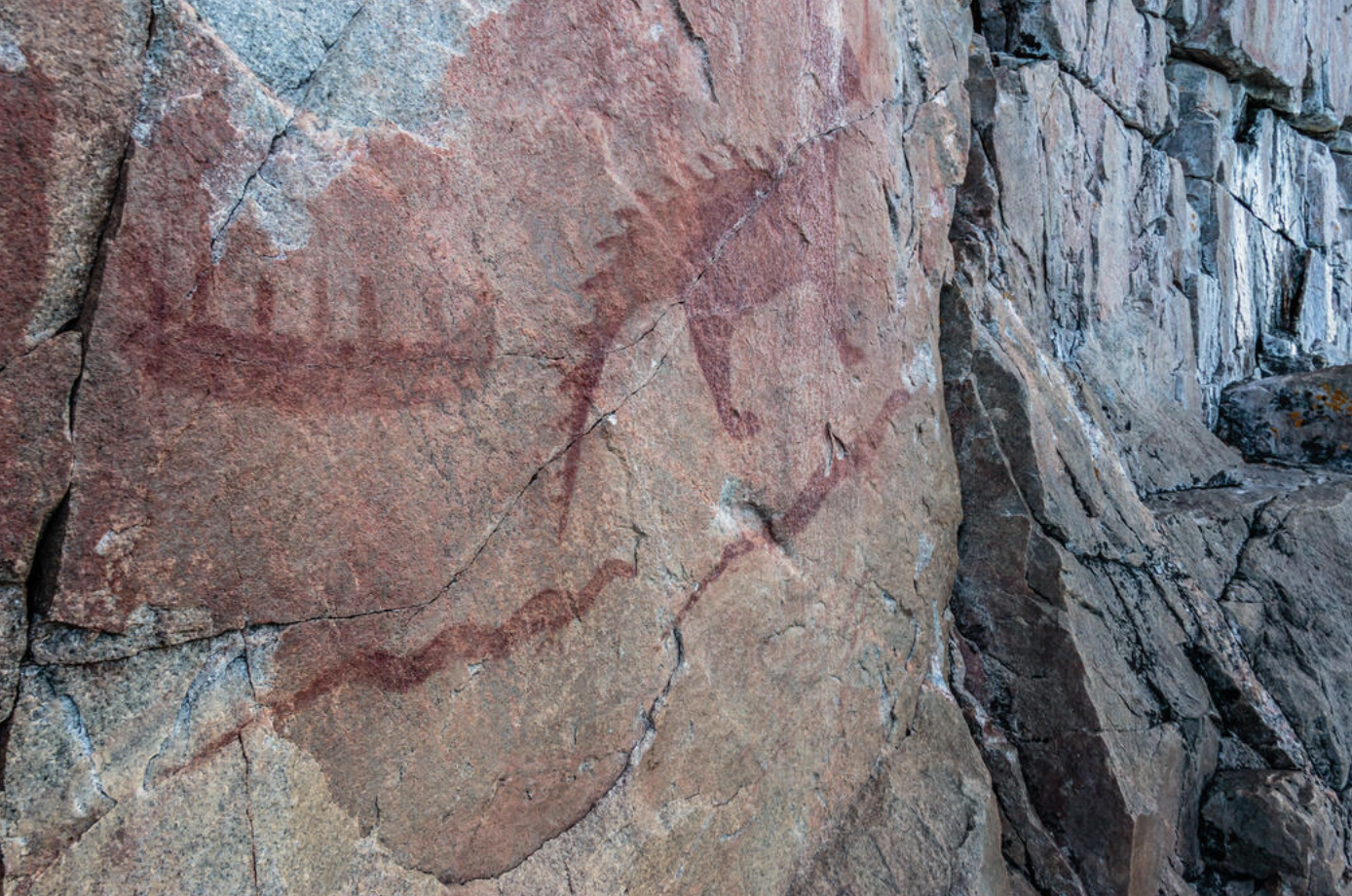
3. Agawa Pictographs
Deep within Lake Superior Provincial Park, the Agawa Rock Pictographs are some of the most famous rock art paintings in Canada. Created by the Anishinaabe people, these red ochre pictographs depict canoes, animals, and spirits, symbolizing stories passed down through generations. The site, accessible via a rugged trail along the lake’s edge, is a place of great cultural importance and offers a glimpse into the spiritual beliefs of the Anishinaabe.
4. Pictographs on the Lake (Quetico Provincial Park)
Hidden within Quetico Provincial Park, these pictographs provide another stunning example of Indigenous artistry and spiritual expression. The rock paintings, likely created centuries ago by the Anishinaabe, adorn cliffs overlooking tranquil waters. This remote location is accessed by canoe, making the journey itself an immersive experience in the land and traditions of First Nations in Northern Ontario.
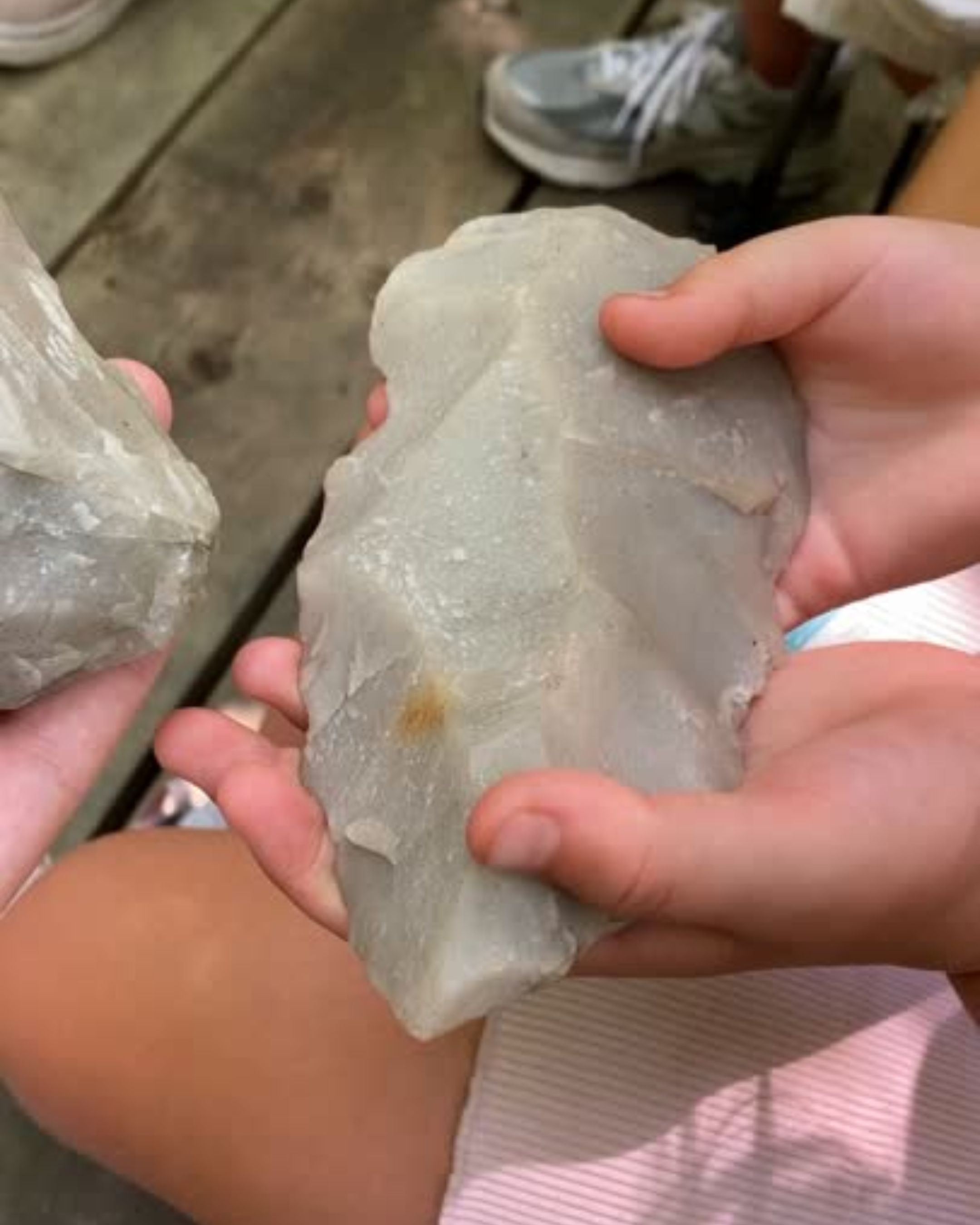
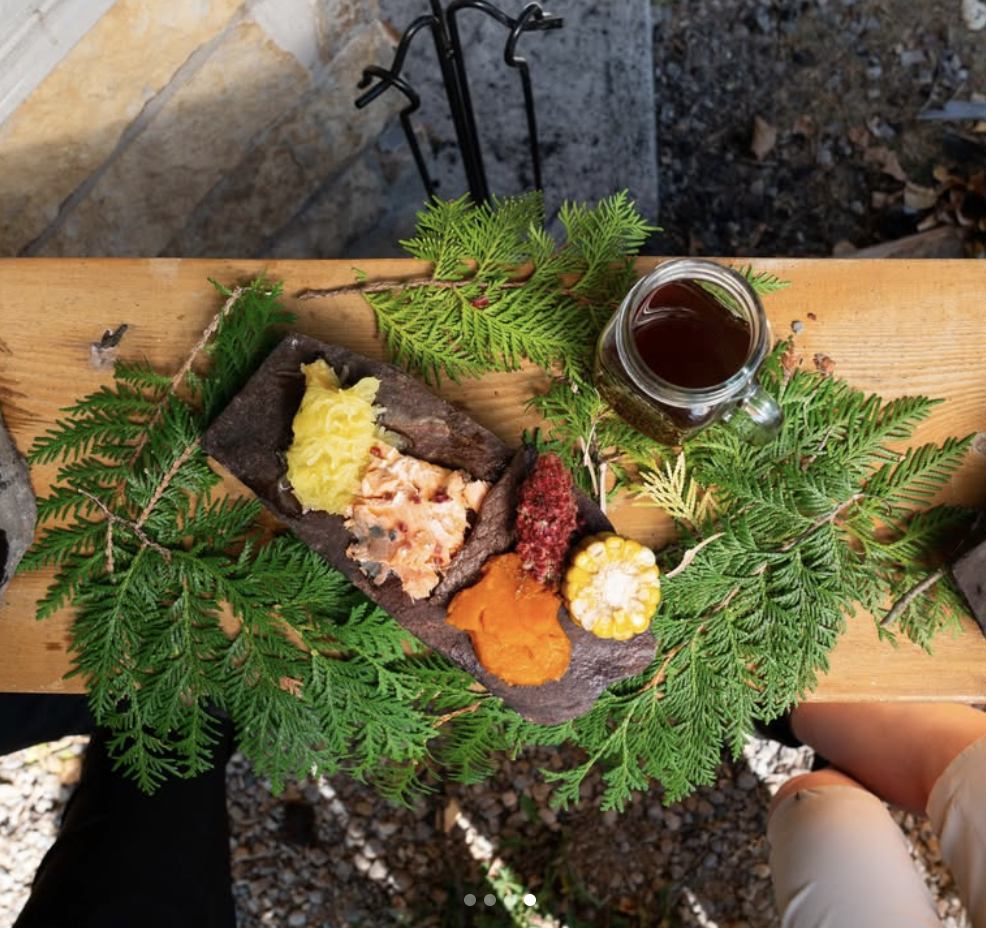

5. Sheguiandah National Historic Site
Located on Manitoulin Island, Sheguiandah National Historic Site is an archaeological site that dates back over 9,000 years, making it one of the oldest known Indigenous sites in Canada. Evidence of ancient tool-making and settlement has been uncovered here, shedding light on the lives of early Indigenous peoples. Guided tours are available in the summer months through the Centennial Museum in Sheguindah.
Nearby, Wiikwemkoong Unceded Territory welcomes visitors to experience Indigenous culture through events, powwows, and storytelling. Check out Wikwemikong Tourism's tour experiences and our guide to visiting Wiikwemkoong.
6. St. Mary’s River Rapids
Flowing between Lake Superior and Lake Huron, the St. Mary’s River Rapids have been a vital gathering place for Indigenous peoples for centuries. Historically, the rapids provided a crucial fishing site where Anishinaabe communities would catch whitefish using traditional netting techniques. The area remains significant today as a cultural and ecological landmark, offering visitors a glimpse into its historical importance. Nearby, Indigenous-owned businesses and cultural centres provide opportunities to learn more about the heritage and traditions tied to these waters.
Experience Indigenous History and Culture in Northern Ontario Today
These Indigenous sites in Northern Ontario are more than just landmarks; they are living connections to history, spirituality, and culture. Whether you’re hiking sacred trails, gazing at centuries-old pictographs, or listening to the wisdom of Elders, these places offer a deeper understanding of the land and its original stewards. Plan your journey with respect and curiosity, and let the stories inspire you.
Recommended Articles
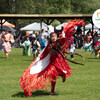
Ontario Pow Wow Calendar: 2025 Edition
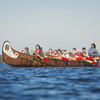
8 Indigenous Tourism Experiences To Book in 2025

Indigenous Restaurants in Ontario

8 Indigenous Experiences to Discover in North Bay
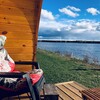
6 Indigenous-owned Accommodations in Ontario

7 Indigenous-Owned Fishing Experiences in Ontario
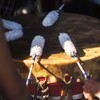
Pow Wow Road Trip 2024
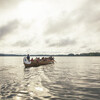
11 Indigenous-Owned Outdoor Adventure Companies in Ontario
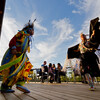
13 Indigenous-Owned Businesses to Visit on National Indigenous People's Day—and Every Day
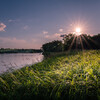
A Guide to Visiting the Kay-Nah-Chi-Wah-Nung Historical Centre
Indigenous Theatre on Manitoulin Island
